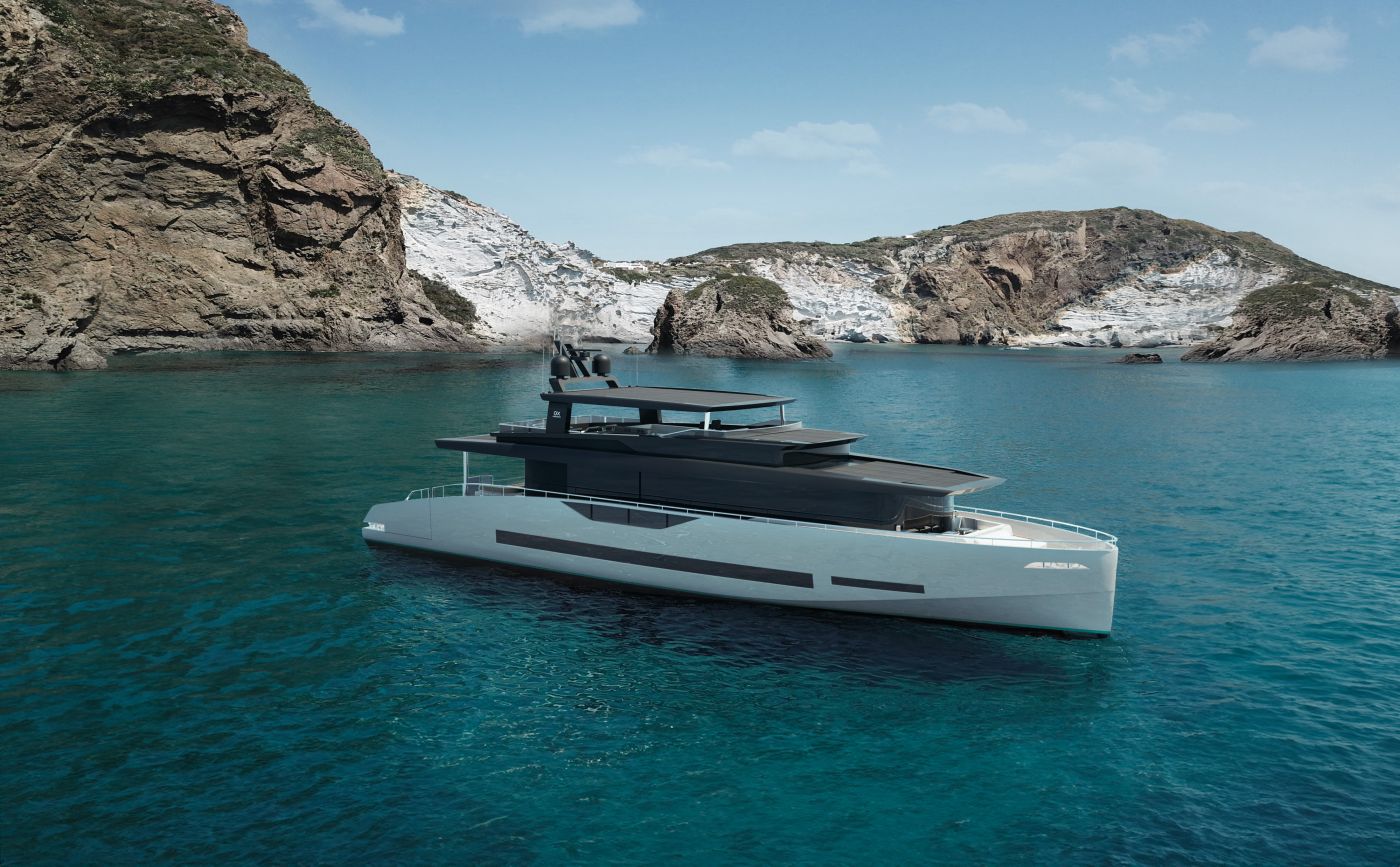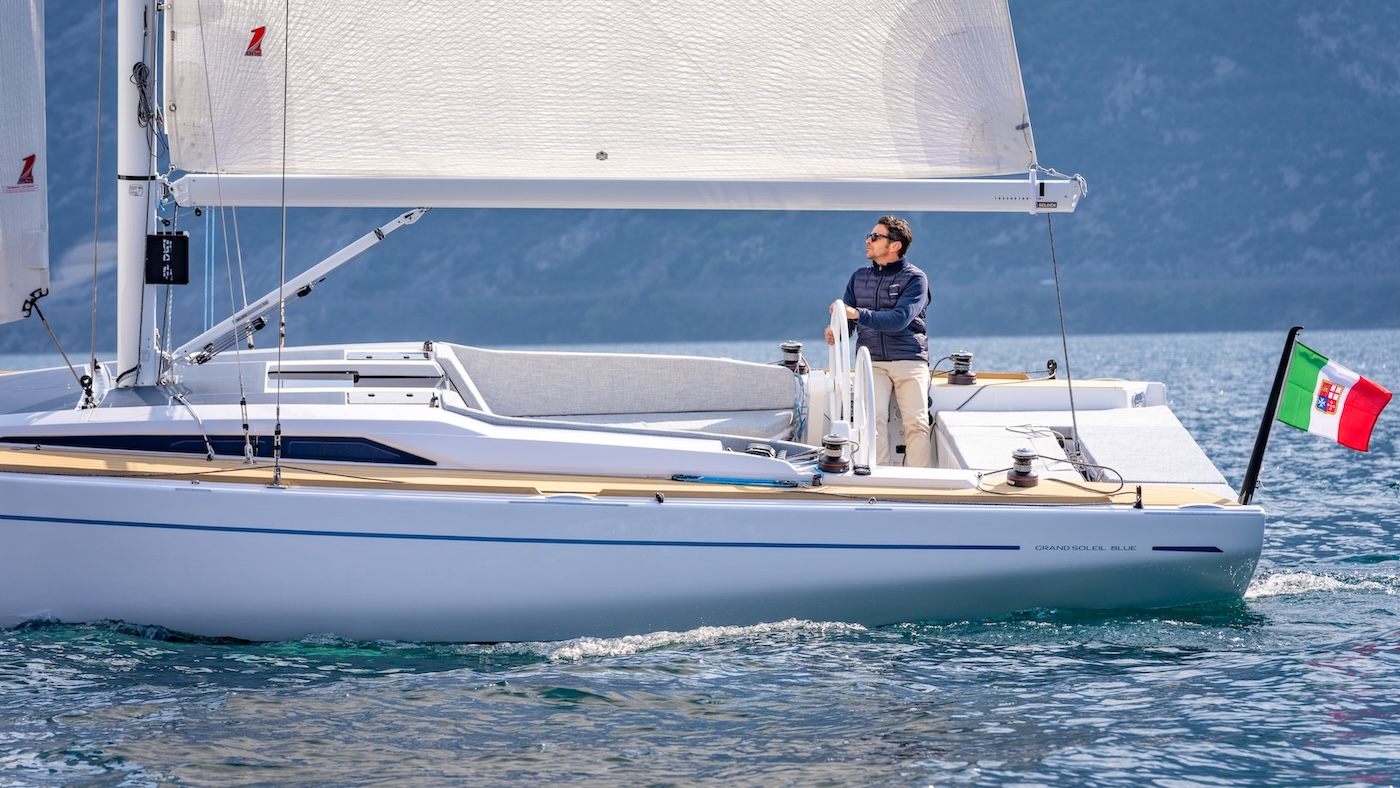In this time of the year, 
Today, we want to show you what anyone disposing of a small boat and loving DIY needs to know in order to install a transom-mount fish finder transducer correctly.
More specifically, we’ve chosen an AXIOM transducer, which is a powerful and multifunction navigation system produced by Raymarine. Its key features are considerable: RealVision 3D embedded fish finder, LighHouse 3 operating system and high-speed quad-core processor.

In the light of our recurring haulages and launches, we’ve opted for the Raymarine’s RV-100 All-in-One Transom Mount Transducer. The RV-100 is a 4-channel, Wide Spectrum CHIRP transducer with DownVision, SideVision, high-frequency CHIRP fish targeting and RealVision3D sonar inside. The RV-100 also has a built-in response water temperature sensor for quick, accurate readings.
CHIRP transmissions allow more sonar power to penetrate the water – in fact x10 more power when compared to conventional sonar modules. In addition, CHIRP technology takes advantage of a wider spectrum of sonar signals to deliver amazing detail and accuracy.
This technology requires combined probe sets. Better preys, forage fish and bottom tracking recognition are the key features of this technology. Moreover, the HD digital technology eliminates surface clutter and water column noise, revealing more fish. The automated processing delivers the most life-like bottom structure presentation without the need for manual adjustments.
How to install a fish finder transducer
Loving the sea is a special feeling but
At this point, once we have purchased our new display, it’s time to see how to install a transom mount transducer correctly.
The first thing to do is to understand whether our outboard propeller is right- or left-handed. The transducer, in fact, must be positioned on the on the side of the downward swing of the propeller in order to eliminate pictures disturbs.

A level and a goniometer can help you in your measurements.
Finally, everything should be tightened and screw threads should be greased with marine sealant in order to prevent water from entering the transom.
Transducer settings
Correct installation is not always sufficient to have a highly efficient fish finder. Recurring haulages and launches can often cause problems. 
Pictures show an example of setting scheme; the measuring system is the fish marking area and adjustments should be carried out according to the arch detail.
All we can do now is to say you: ” Good Luck!”

























